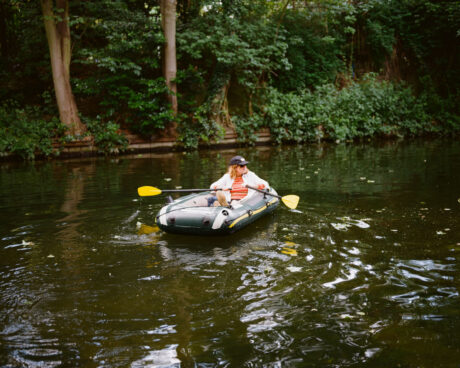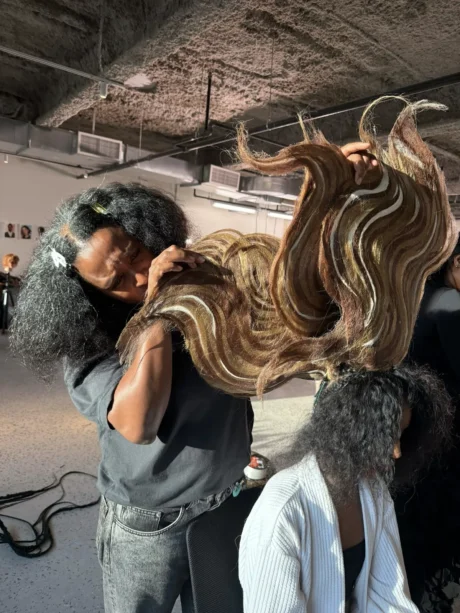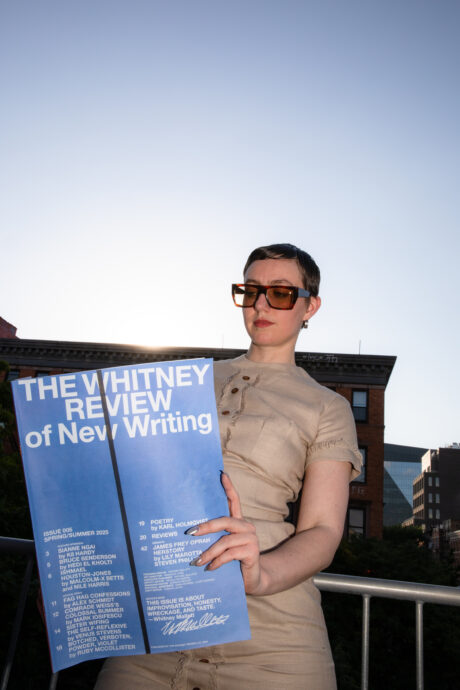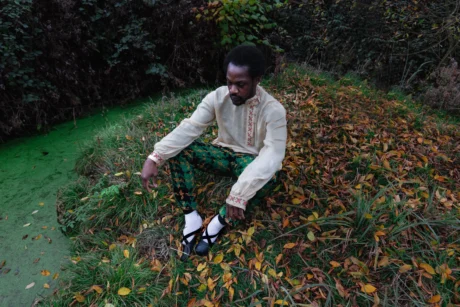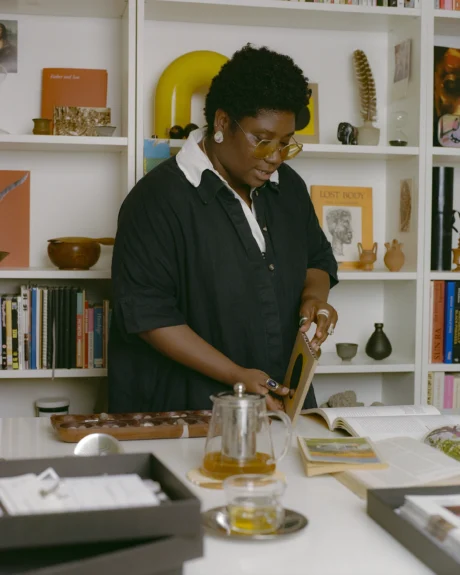Osman Can Yerebakan speaks with Kianja Strobert about her sculptural practice and her bench-inspired works currently on display in her solo show Pennies from Heaven.
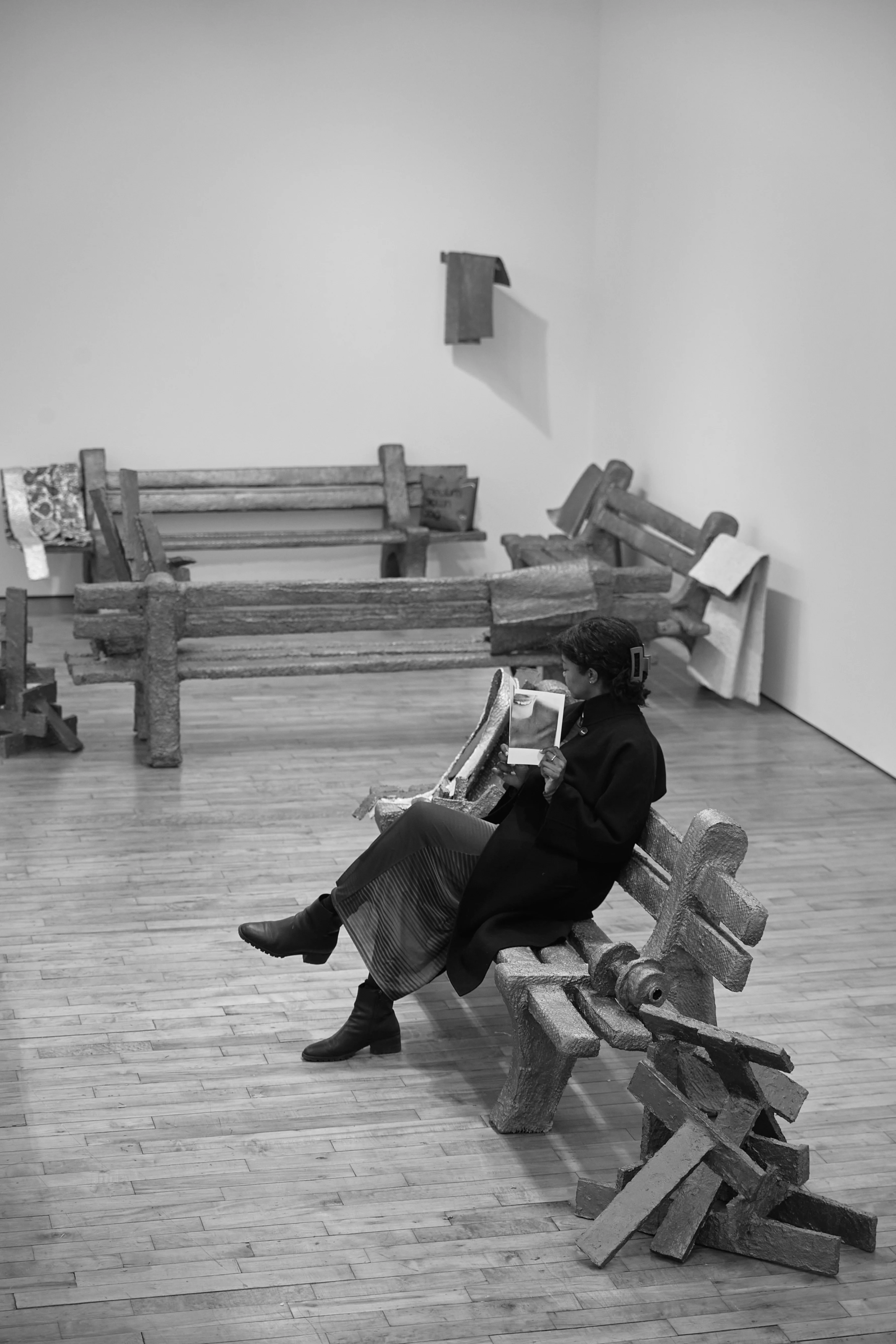
Like most true New Yorkers, Kianja Strobert has had her share of park benches. She has at one point cried on one of the ubiquitous wooden seats, as well as enjoying her lunch on a sunny spring day. “It is really important that people pick up different associations and experiences about a bench,” she tells Elephant. The artist’s eleven pewter-coloured bench sculptures occupy her ongoing solo exhibition Pennies from Heaven at Marinaro Gallery in New York’s NoHo.
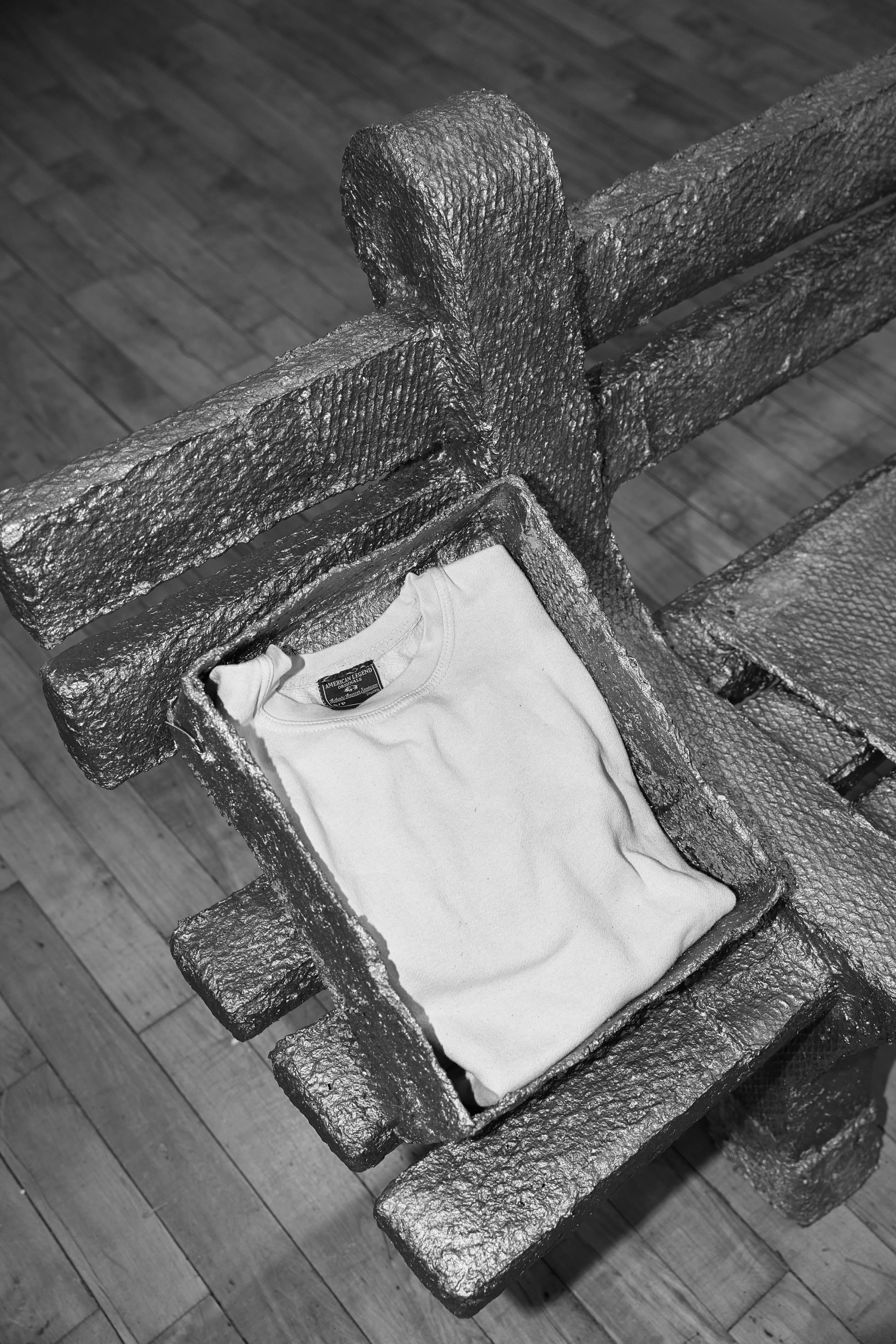
Strobert hopes visitors will enjoy different narrative potentials within these symbolic urban life essentials, which she built out of wood. The process involved covering the bare-bone benches with expanded metal. The Boston-based Brooklyn-raised artist then spread a blend of papier-mâché, dye, and hardeners on each piece and topped it off with paint. Strobert considers her choice of the metallic industrial hue a “strong one” due to its association with work and labour. “I didn’t want to pick a colour that is too contemporary, precious, or disposable,” she adds. “I can’t imagine a field of gold or silver benches,” she laughs and notes that pewter is a “functional” tone that just “goes back to form.”
The metallic colour gives these otherwise instantly recognizable civic life emblems a foreign presence—pulled out of the cityscape, they occupy the gallery space like decorative agents of an alien territory. Strobert, however, urges us to look back into the benches’ role in drawing a perfect city life portrait. “Parks are perhaps the only public spaces you can take advantage of without having to buy anything,” she says. In her very own garden, each 600-pound sculpture is a land of contemplation and exploration in which sitting is allowed. Strobert’s hand is felt in each inch, alchemizing a chemical process with emotive decisions and traits of hopeful studio time.
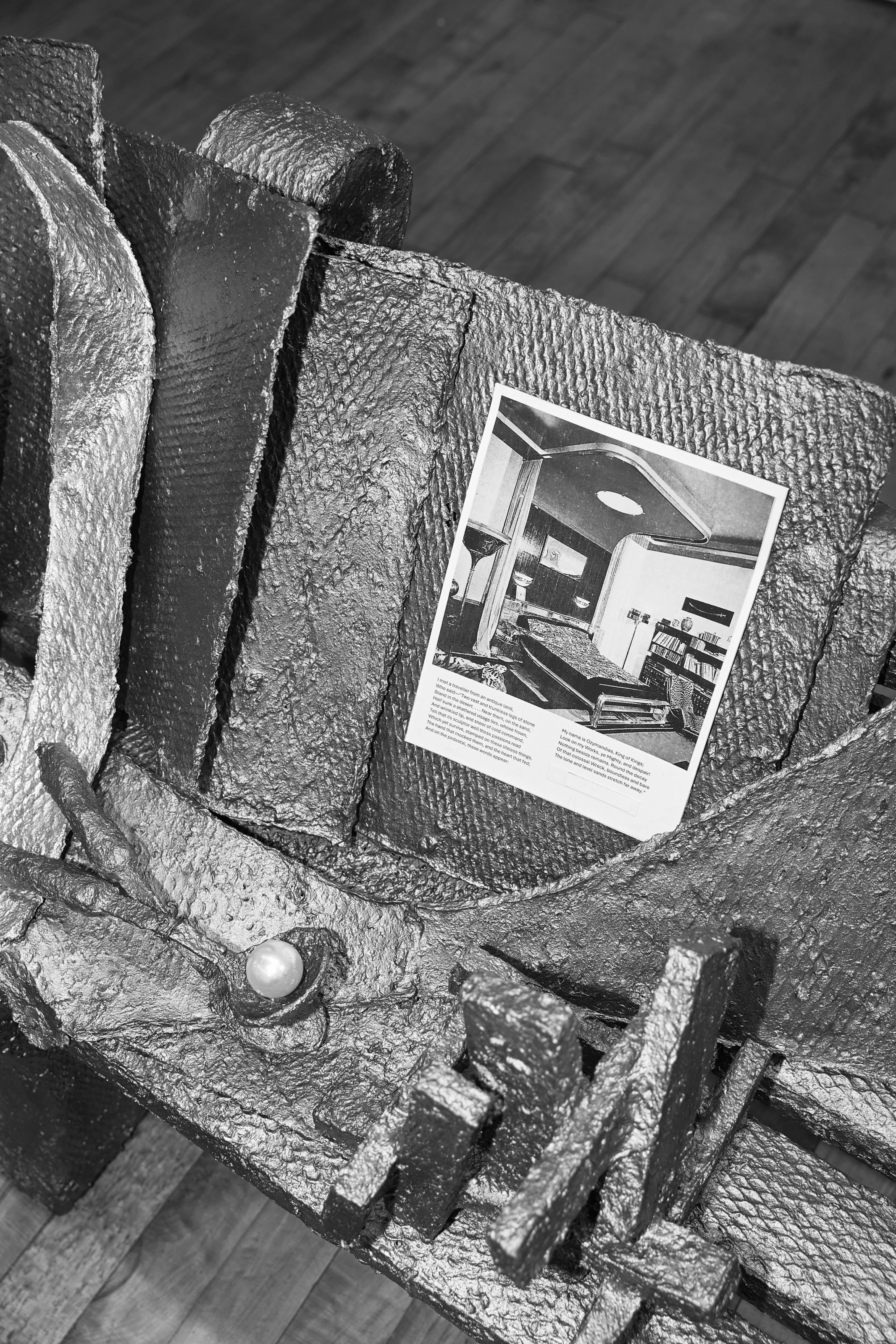
The selection of a muted colour palette also aligns with the artist’s assumption of benches as a blank canvas to implement a plethora of open-ended stories. Photographs, a Bloomingdales shopping bag, a candle, the gallery’s business cards, a 2024 calendar, and pieces of clothing are peppered across these life-size seaters. They all come out of the artist’s ownbelongings. “I wanted to free myself from the burden of having to choose one thing over the other,” she admits.
The calendar’s floral imagery on each month was a lure, for example, but the reality of it no longer having any purpose in 2025 makes a quirky commentary on our relationship with objects, especially in urban jungles. Strobert is, in fact, after that peculiar feeling of incalculable value we attribute to mundane belongings. “We sometimes choose to walk away from an object and leave its energy behind,” she says. Use, purpose, and value are ceaselessly morphing attributes in our fast-paced consumerist network, and the benches put a pause in this cycle of deaccession and possession: “There is always a hope that what we leave behind in a stoop sale will have its potential new life in new hands.”
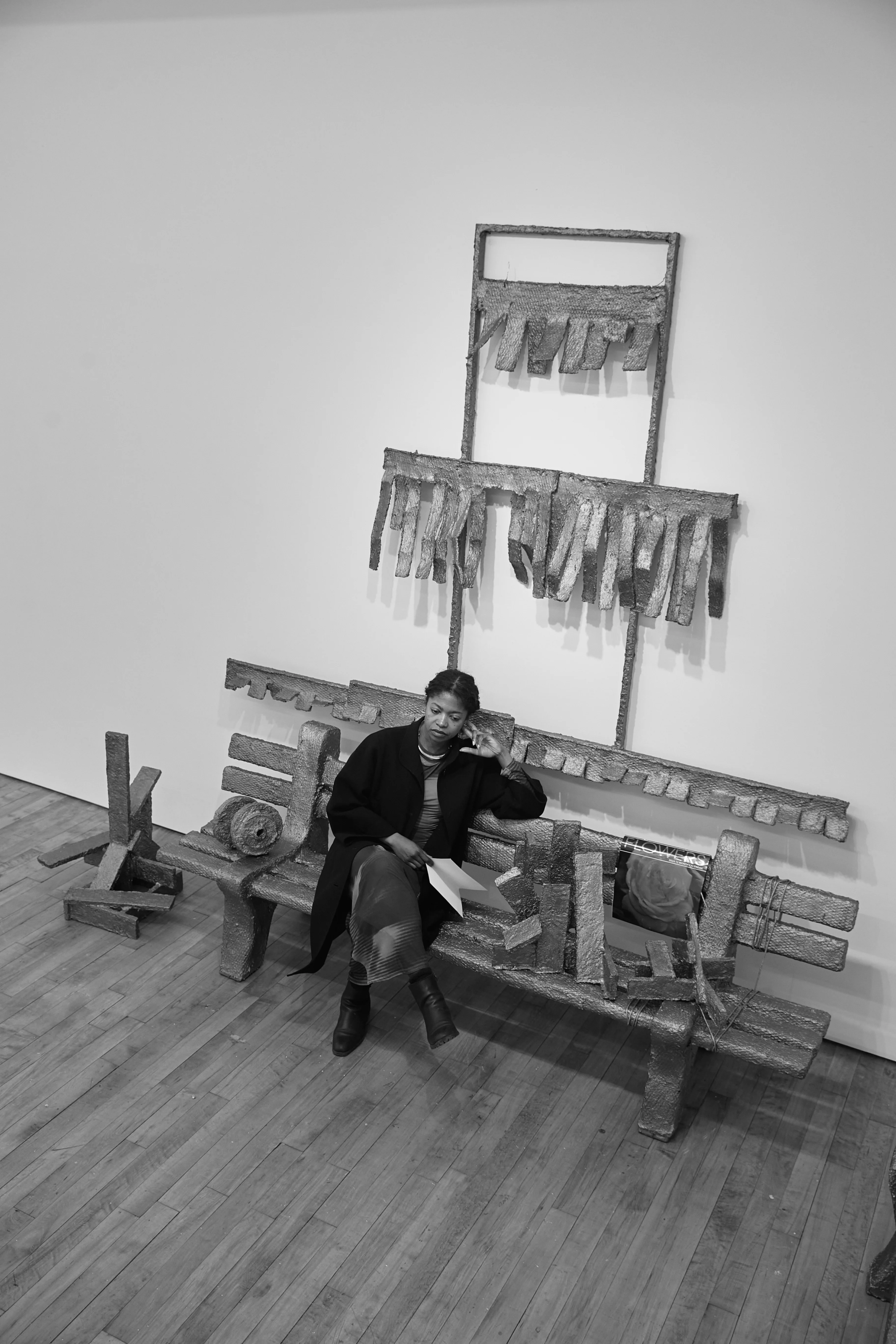
The Depression-era song and the film, which the show is named after, encapsulate this odd relationship to owning. “You’ll find your fortune falling all over town / Just make sure your umbrella is up, up, up, up, upside down,” says the lyrics, which have been sung by the likes of Billie Holiday, Dorris Day, and Frank Sinatra and Count Basie which is Strobert’s personally favourite version.
Benches defy ownership and patronage; they are everyone’s and nobody’s. They represent the good and the bad of urban transformation with their weathered yet inviting auras. Strobert’s take also underlines their formative abstraction and their geometrically precise and structured visual rhythms. The artist embodies this feeling with huddles of wooden planks scattered on or by some of the benches. The piles came out of a phone conversation with a friend who was committed to “experimental Sundays.” Strobert also felt encouraged to try something new once a week and embarked on experimenting with these abstract assemblages of wood. “I started thinking about everything from Modernism to noise and barricades,” she says about encountering her own results. One day, when she sat on one of the benches with a friend at her studio, one of the abstract huddles was right between them. “It seemed to be a symbol of trying to talk to someone or figuring something out together,” she muses.
Words by Osman Can Yerebakan
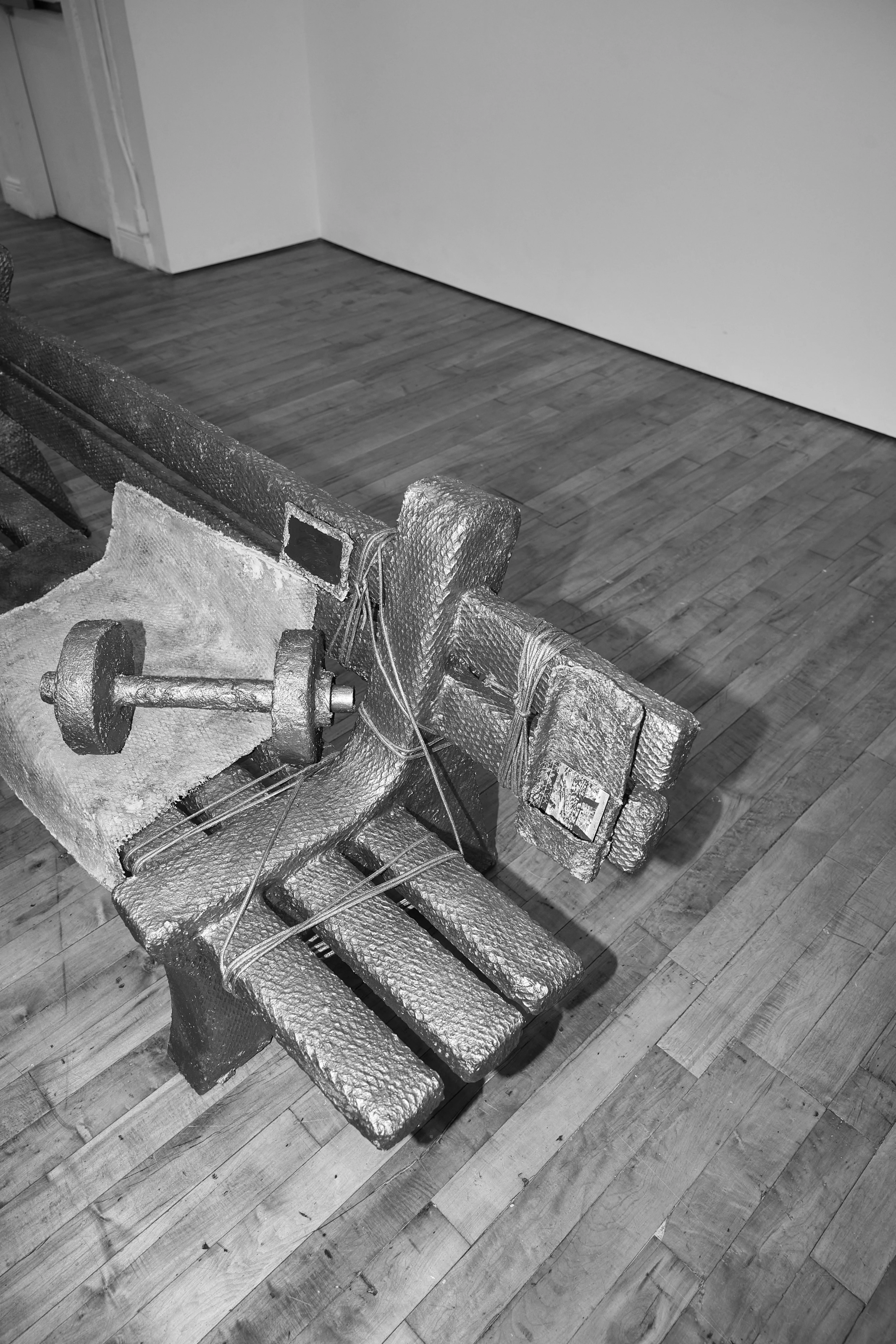
Photo by Sam Leviton
